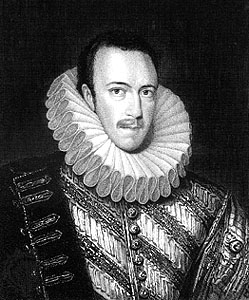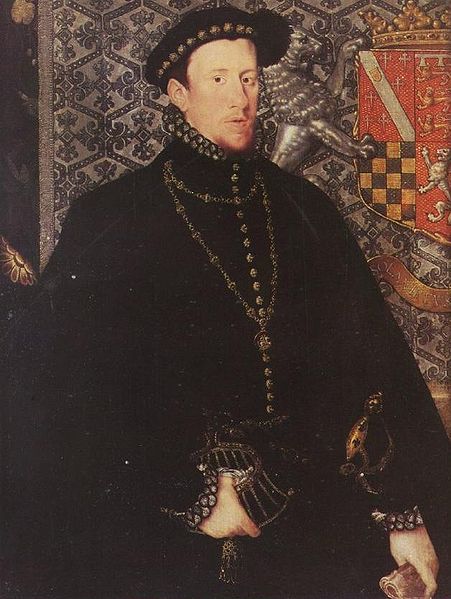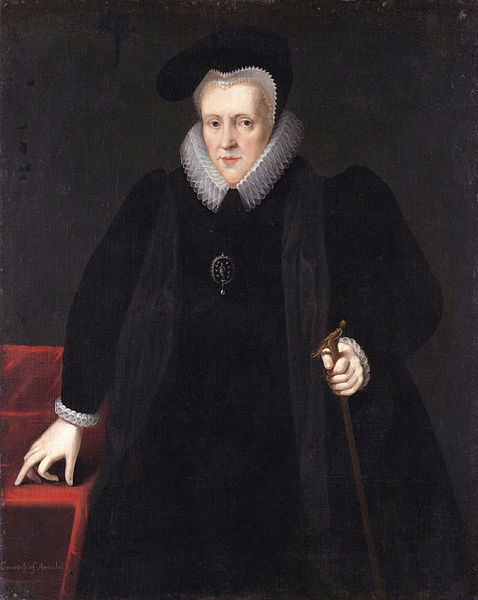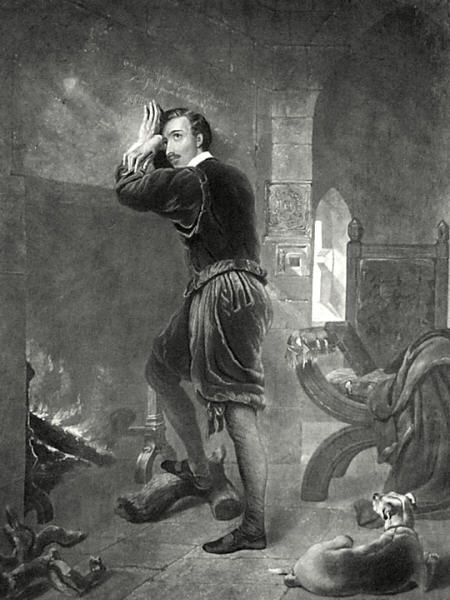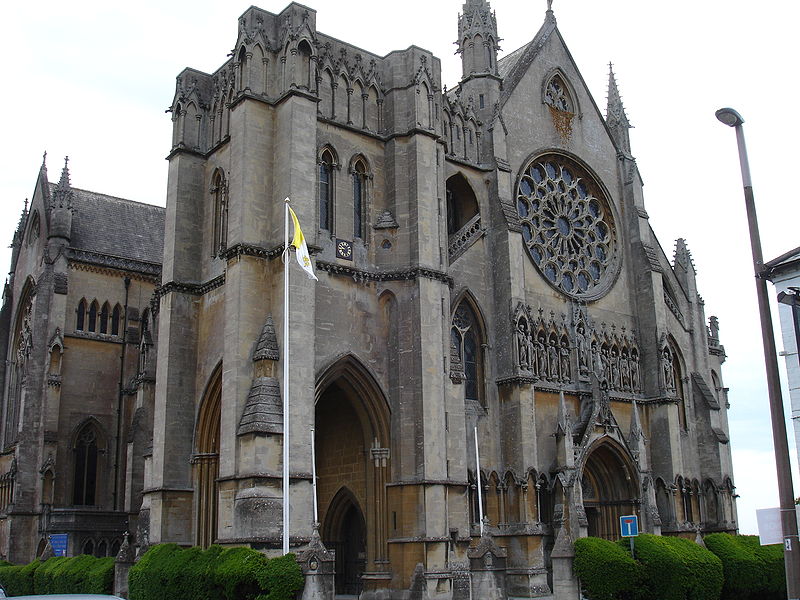Saint Philip Howard
Martyr, Earl of Arundel; born at Arundel House, London, 28 June 1557, died in the Tower of London, 19 October, 1595.
He was the grandson of Henry, Earl of Surrey, the poet, executed by Henry VIII in 1547, and son of Thomas, Duke of Norfolk executed by Elizabeth 1572. Philip II of Spain, then King of England, was one of his godfathers. His father, who had conformed to the State religion, educated him partly under John Foxe, the Protestant martyrologist and he was afterwards sent to Cambridge.
His father having married as his third wife Elizabeth, widow of Lord Dacre of Gillesland, matched her three daughters who were heiresses, to his three sons. Anne, Philip’s wife, Countess of Arundel and Surrey, who survived to 1630, was a woman of remarkable generosity and courage, and became after her conversion the patroness of Father Southwell and of many priests, and eventually founded the novitiate of the Jesuits at Ghent.
Towards the close of the year he was present at the disputations of Saint Edmund Campion in the Tower and this proved the first step in his conversion, though, like most of Elizabeth’s courtiers, his life was then the reverse of virtuous, and for a time he deserted his wife. But the Howards had many enemies and Elizabeth was of their number. As the Catholic revival gained strength, the earl found himself suspected and out of favor, and his difficulties were increased by his wife’s conversion. He was now reconciled, indeed devoted, to her, and 30 September, 1584, was received into the Church by Father William Weston, S.J., and became a fervent Catholic.
As usual at that time, the trial was a tirade against the prisoner, who was of course condemned. One example of the hypocrisy of the prosecution may be mentioned. While they professed to quote the very words of the Bull of excommunication, “published 1 April”, no such Bull was published at all. If the Armada had been successful a Bull would of course have been issued, and Elizabeth’s spies had in fact got hold of an explanation written by Allen in preparation for that event (printed in Dodd-Tierney, iii Ap. 44). From a letter of Attorney-General Popham (R. O. State Papers, Dom. Eliz., ccxxiii, 77) we see that he was aware of the fraudulent character of the evidence.
In 1624 his bones were translated by his widow to Long Horsley, and thence to Arundel, where they still rest. A portrait by Zucchero is in the possession of the Duke of Norfolk. His “Epistle of Christ to the Faithful Soul” translated from Lanspergius (Johann Justus of Lansberg), was printed at Antwerp, 1595; St-Omer, 1610; London, 1867; his “Fourfold Meditations of Four Last Things” (once attributed to Southwell), London, 1895; his “Verses on the Passion”, by the Cath. Record Soc., VI, 29. J.H. POLLEN (1913 Catholic Encyclopedia)
